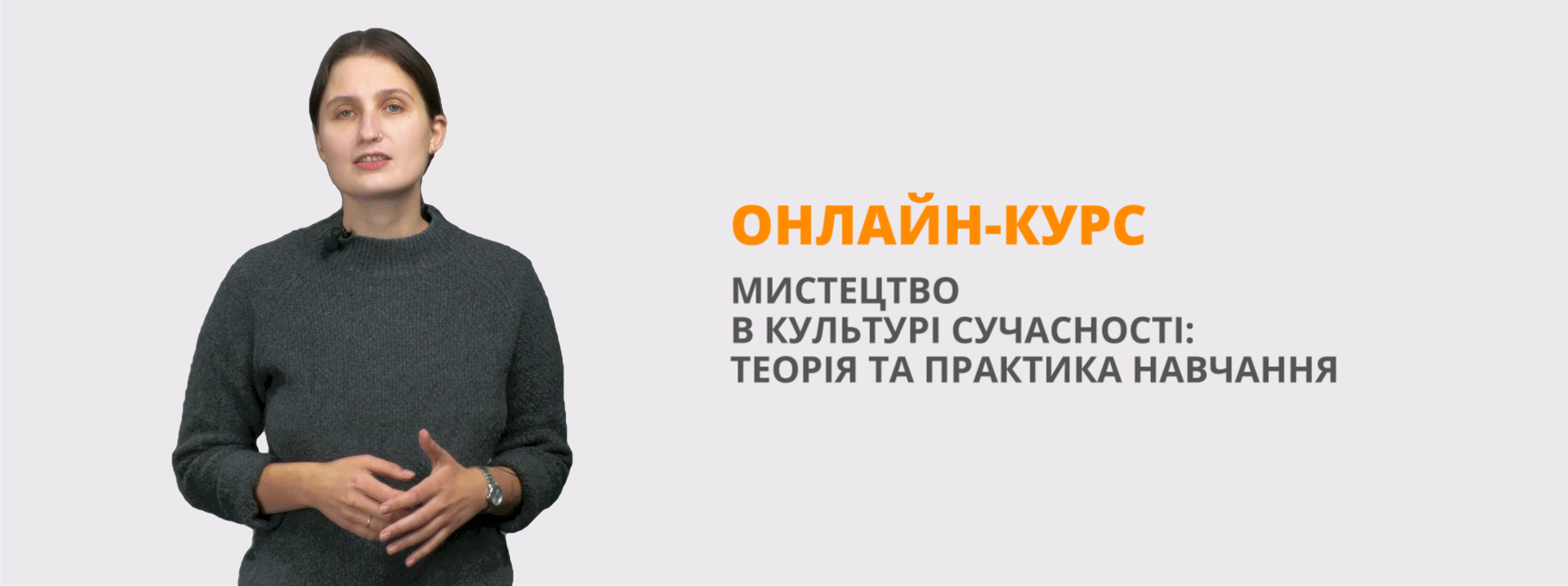Конспект уроку "Natural disasters" до підручника Англійської мови В.Буренко, 11 клас, рівень стандарту
Natural disasters
Objectives:
- to revise previously taught vocabulary;
- to improve students’ vocabulary skills;
- to develop students’ speaking and reading skills;
- to motivate linguistic guess;
- to activate thinking;
- to provide a stable and welcoming atmosphere in the class;
- to develop self-esteem and mutual esteem;
- to inspire students to work in pairs.
Outcomes: by the end of the lesson students will be able:
- to use the words correctly;
- to understand the causes of natural disasters;
- to know about natural hazards;
- to give the definitions of the words.
Procedure
1. Warm-up
Ex.1 p.120
The global problem of mankind consists of three main problems. Each main problem consists of other problems. Read these problems and complete the table.
Main problems: interaction of nature and society and their relations, problems of humans and their relations, problems of human development in future.
Other problems: overpopulation, various wars in the world, explosions on ammunition dumps, pollution of water, air, land, soil, nature, noise from transport, people and vibrations, exploitation of women and children, destruction of wildlife, nature and natural resources, famine, unemployment, diseases, using of nuclear energy, poverty, killing each other with various weapons.
|
Interaction of nature and society |
Problems of humans and their relations
|
Problems of human development in future |
|
|
|
|
2. Speaking and vocabulary
Ex.2 p.120
Match the words and expressions to their definitions.
|
1. pollution 2. greenhouse effect 3. deforestation 4. destruction 5. environment 6. drought 7. to protect 8. solar energy 9. to destroy 10. disaster
|
a) cutting down trees in a large area by people b) the act of destroying something or the fact of being destroyed c) the power of the sun used to produce electricity d) the gradual warming of the earth because of gases in the atmosphere e) damage caused to water, air, soil, etc. f) to keep somebody or something safe from damage, injury, loss g) the air, land, water with people, fish, animals and plants h) a long period when there is very little or no rain i) an event of great harm, damage and even death j) to damage something so badly that it cannot be used |
3. Speaking
Ex.3 p.121
Work in pairs. Look at the pictures and talk about the things that threaten the area we live in. Take turns to ask and answer questions about the biggest threats to your local environment. Present the results of your work to the groupmates.
Start like this:
1. What threatens our city (town, village)?
2. Which of the threats in the pictures are the worst to our district (place, village, town, city) in your opinion?
4. Vocabulary
Ex.5 p.121
Listen and read the new words and their definitions
1. abundance n a large quantity when it is more than enough
2. serene adj calm and peaceful
3. pasture n land covered with grass that is suitable for feeding animals
4. narcissus (pl. narcissi) n a yellow or white flower that appears in spring
5. incredible adj extremely good; unbelievable
5. Speaking
Make some sentences with the words above.
6. Summary
Ex.4 p.121
Work in groups. Choose the most urgent problem in your opinion which has been discussed by your classmates and find out ways of solving it. Present the results of your work to the classmates. Make a list of the most effective ways of solving these problems.
7. Homework
Ex.6 p.121
Think over these problems. Present the results of your discussion to the classmates.
1. What are the main threats to the environment today?
2. Can we protect the environment?
3. Do you do anything to protect the environment?
4. What problems is your city (town, village) facing?

про публікацію авторської розробки
Додати розробку
